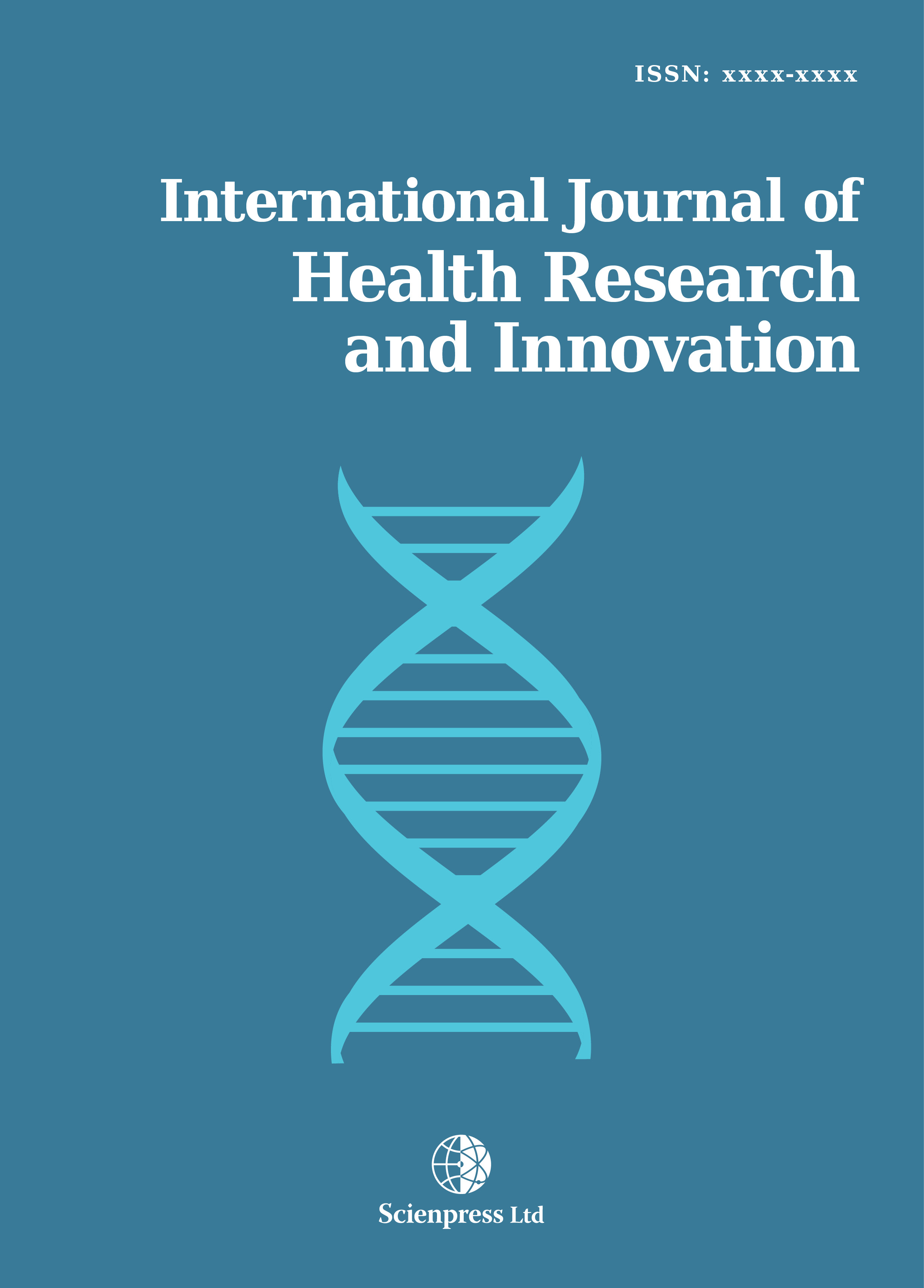International Journal of Health Research and Innovation
The Holford Puzzle: The Cohort Effects in Death Rates from Lung Cancer
-
 [ Download ]
[ Download ]
- Times downloaded: 10702
-
Abstract
The increasing death rate from lung cancer for women and the small hope of a cure attract attention. The declining death rate at old ages causes surprise and is here called the Holford puzzle. The present model shows protective and detrimental cohort effects in relation to the incidence of and death rate from lung cancer, and shows how diagonally calculated cohort effects can be used as susceptibility variables in age-specific models. The applied method solves the Holford puzzle about why the risk of death from lung cancer seemingly does not continue to increase from the age of 70-74. The method can thus turn the conclusions on the development in health upside down. This study gives an optimistic picture of the future development in women’s death rate from lung cancer. A turnaround is on its way and must be expected from 2018 for all age groups.
